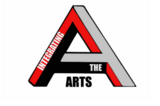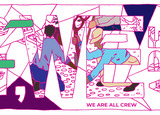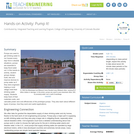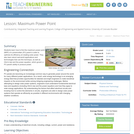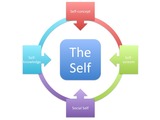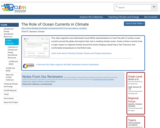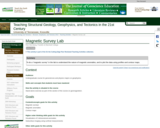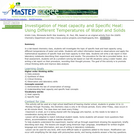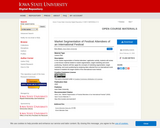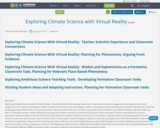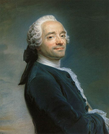“There are no passengers on Spaceship Earth, we are all crew.”
Marshall McLuhan, “At the Moment of Sputnik” in Journal of Communication Issue 24 (Winter 1974) © Estate of Marshall McLuhan, with permission.
This artist book is an extension of the The Art for Science Mural project, located in Columbia, Missouri and funded by the 2018 Art for Science Rising initiative of the Union of Concerned Scientists. The book consists of a recreation of the mural design in coloring book format, and a workbook which can be used to create an asset map of a given locale’s sustainable resources so that readers can make conscious choices about how they use the assets within a given community. It is meant to be an educational and information gathering tool that is open source (with a copyleft license) and where the collection of this information is decentralized.
The McLuhan quote suggests we must all do the work, and be responsible, in the care for our one and only home. One way that this work can be done is collating and sharing information about the available sustainable resources in a given area.
These two projects, the mural and artist book, were made possible through the sponsorship of Science Rising and the Union of Concerned Scientists.
#artliveshere #artforscience #artforsciencerising #sciencerising #comoclimateaction #climateactionmap #weareallcrew
Copyleft 2019, Resident Arts
Mural Artists:
Co-lead artists: Madeleine LeMieux and Lisa Simms
Assistant artist: Micah Baker
Artist trainees: Vivian Noland and Samantha Whitworth
Book Artists:
Madeleine LeMieux
Levi Sherman
Partners:
City of Columbia
Hinkson Creek Restoration Project
Union of Concerned Scientists
Resident Arts
Printing by @there.there.now

